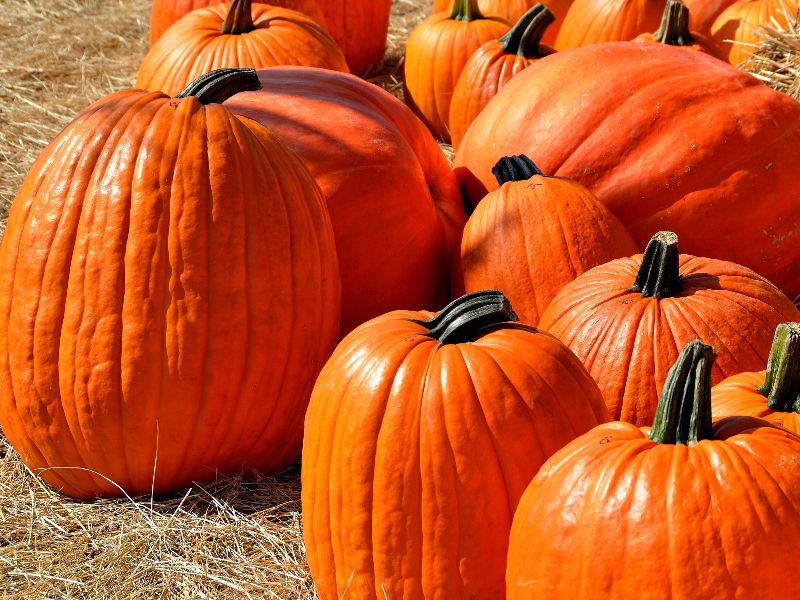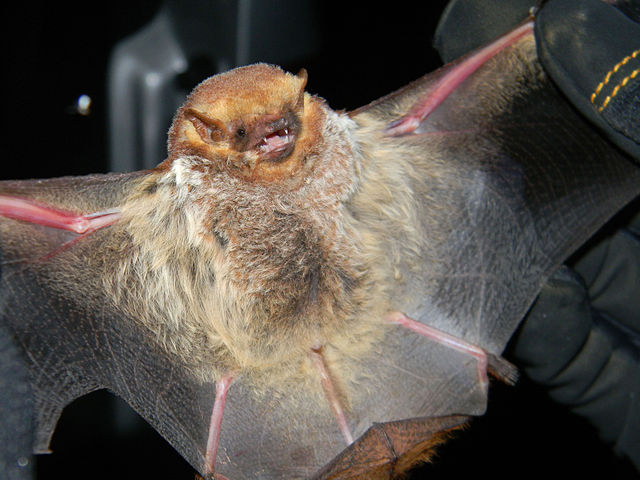In just a few days, the evening will be filled with kids dressed as witches, zombies, and Lady Gaga trick or treating for candy and other delights. Halloween is an ancient festival and combines the Celtic feast of Samhain, Roman harvest festivals, and the Christian All Saint’s Day. Many plant traditions involving witches, jack-o-lanterns, Spanish moss, and bats are popular parts of the festivities.

Jack-O-Lanterns made from pumpkins originated in the New World when inhabitants of the British Isles brought the tradition of carving faces into turnips, rutabagas, potatoes, or even beets on All Hallows’ Eve to frighten away Stingy Jack and other evil spirits. Bobbing for apples was used as a divination game that would reveal the first letter of your true love’s name, and rue was hung in doors and windows to prevent evil spirits from entering the house.
Another symbol of Halloween, the bat, will be prominently used in decorations, and if you look closely, bats will come out for the evening in search of a meal. Bats are beneficial; they eat insects as part of the natural pest control patrol. The Florida Bat Conservancy reports that one insect-eating bat can consume up to 3,000 insects in a night and that most eat their body weight in insects each night. Many bat species are threatened due to habitat destruction and the purposeful removal of colonies from urban structures.

Bats need places to roost. A bat house is a good idea, so is leaving an old dead tree; some bats hang out under the loosening bark and the cracks and cavities made by birds. Spanish moss is another favorite roost for yellow bats, and the dead leaves of a cabbage palm are also favored bat haunts. More info about pruning palms is here.
It is popular to remove the dead leaves and many green leaves –boo- from cabbage palms, but Florida’s wildlife depends on these palms and not just the seeds. Cabbage palms are home and dinner table to migratory songbirds, woodpeckers, butterflies, honeybees, bats, tree frogs, and other watchable wildlife. Removal of flower stalks causes little trouble for the palm, but it reduces food and shelter availability for local wildlife.
This year, I will eagerly await the neighborhood kids, my trick or treat-or, who one year dressed as a tree, is now grown and married. The fun will include handing out packages of seeds along with the chocolate; you never know when raising a few radishes or tasty beans (both fast and easy) will spark an interest in green growing things, bats, or creepy crawlies in a child.
For more information about bats, check out Bat Conservation International, the U.S Department of the Interior’s 9 of the coolest bat species in the United States, and Bat Facts-Smithsonian Institution.
This article first appeared in the Treasure Coast Newspapers.
Leave a Reply